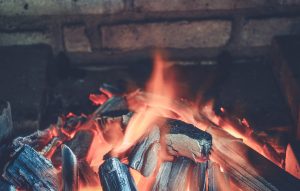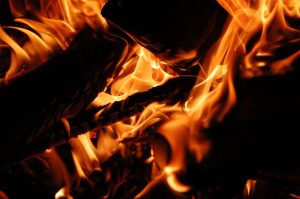 Knowing the safety hazards and dangers associated with your fireplace is important so that you can properly maintain it and keep it clean. This allows you to enjoy your fireplace fully without having to worry about these dangers. In a previous blog, we began touching on what creosote buildup is and how it can affect your fireplace and health. In this post, we’re here to give a little bit more information to help you make sure you’re keeping your fireplace at its maximum efficiency.
Knowing the safety hazards and dangers associated with your fireplace is important so that you can properly maintain it and keep it clean. This allows you to enjoy your fireplace fully without having to worry about these dangers. In a previous blog, we began touching on what creosote buildup is and how it can affect your fireplace and health. In this post, we’re here to give a little bit more information to help you make sure you’re keeping your fireplace at its maximum efficiency.
To start, we should delve a little deeper into the different varieties of creosote. The varieties are separated into different degrees: first, second, and third. First degree is quite similar to basic ash from wood as it’s soft and sooty. Second has a toffee-like consistency and is soft and crumbly. Be wary of seeing this kind because it could indicate you’ve had a chimney fire. Third degree is a glazed, tar-like substance and can only be removed with special equipment. As we mentioned, creosote is specifically a problem in wood burning appliances, but you should also get your gas appliances checked to be safe.
Knowing what creosote is and what dangers it can cause will help you maintain your fireplace and keep your home and family safe. With the right set of vintage fireplace tools, you can accomplish this with ease and style. Browse our online selection of vintage fireplace tools today at AdamsFireplaceShop.com – orders can be picked up and we ship both domestically and internationally!

